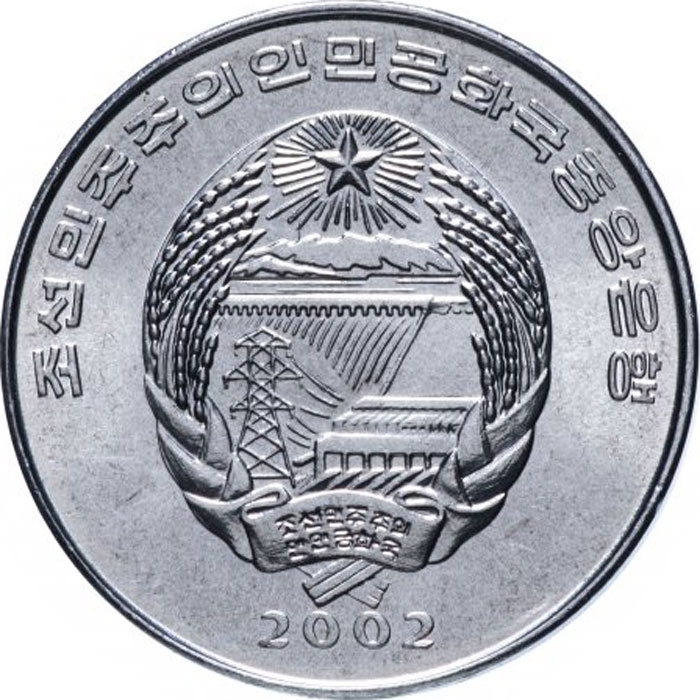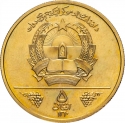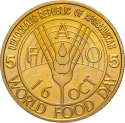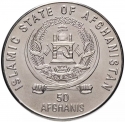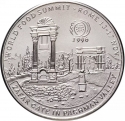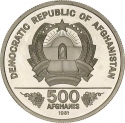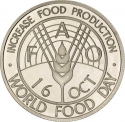You are about to finish your registration. Please check your mailbox (including spam folder). There should be a letter with a confirmation link. Check setting to make sure that your e-mail address is correct.
Send letter againDescription
North Korea, officially the Democratic People's Republic of Korea, is a country in East Asia constituting the northern part of the Korean Peninsula, with Pyongyang as its capital and the largest city in the country. To the north and northwest, the country is bordered by China and by Russia along the Amnok (known as the Yalu in Chinese) and Tumen rivers, and to the south, it is bordered by South Korea, with the heavily fortified Korean Demilitarized Zone (DMZ) separating the two.
Obverse

|
Depicts the coat of arms, surrounded by the inscription "Central Bank of the Democratic People's Republic of Korea", date below. 조선민주주의인민공화국중앙은행 |
|---|---|
Reverse

|
Depicts a galley right, denomination below, inscription above. XXI CENTURY FAO FOOD SECURITY |
| Edge |
Related coins
Food and Agriculture Organization (FAO)
